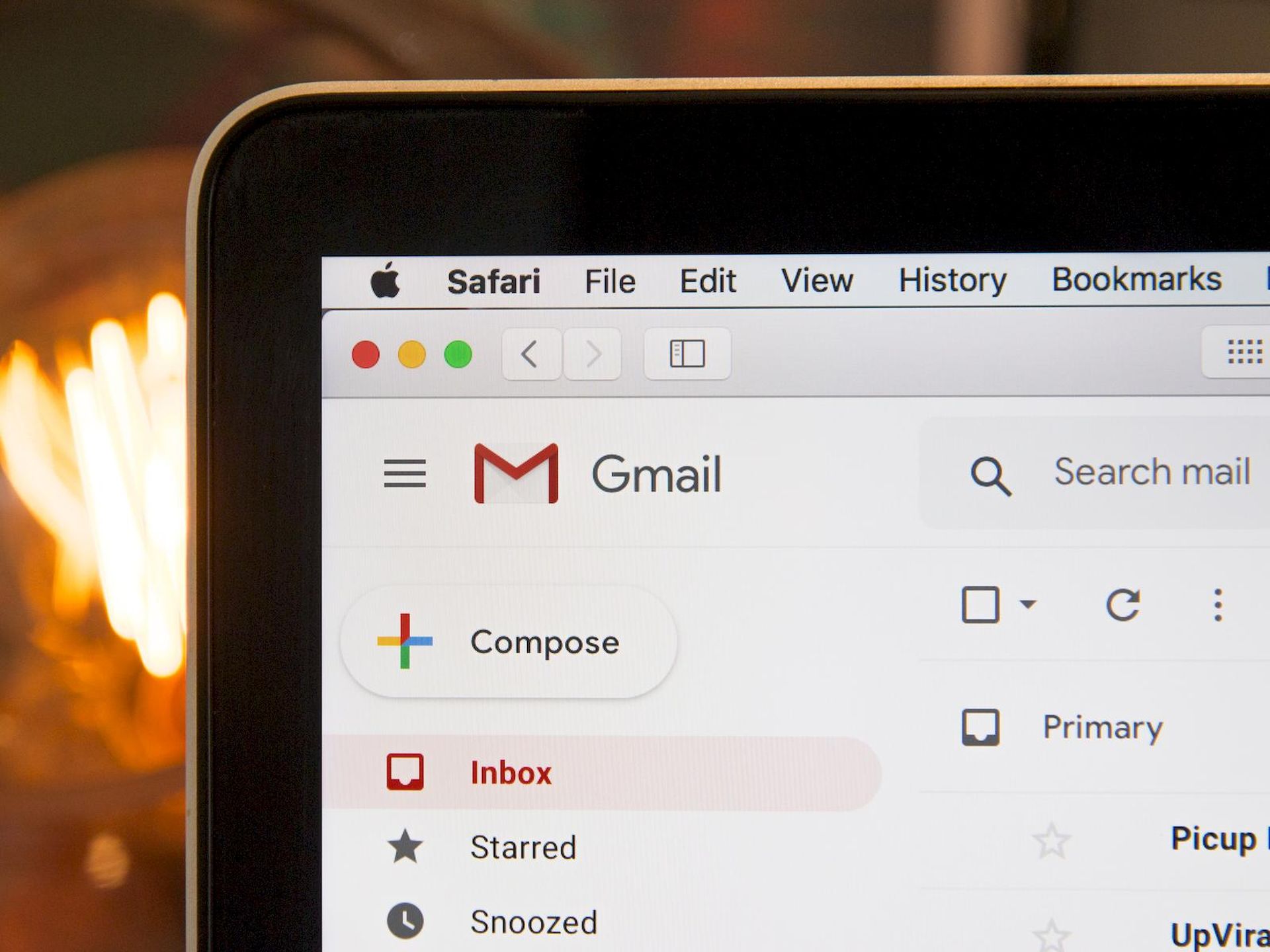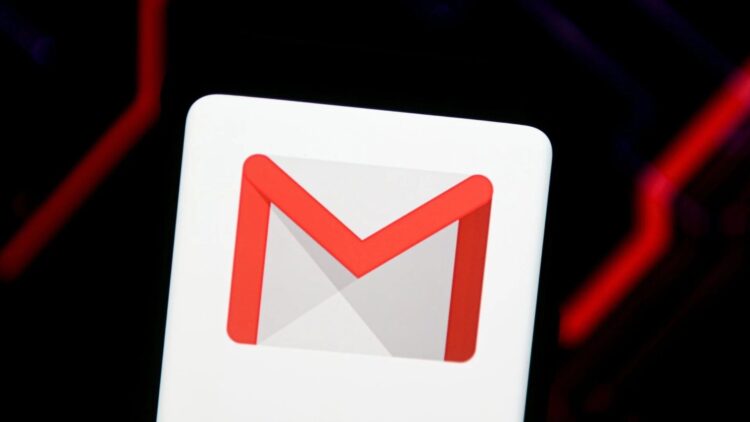Google has recently announced updates to its policies regarding inactive Gmail accounts, stating that starting later this year, old and unused accounts will be deleted entirely. In 2020, Google had indicated that it would remove content stored in inactive accounts but not delete the accounts themselves, in an effort to preserve storage space. However, the revised policy now includes the deletion of the accounts along with their contents.
Nevertheless, it’s worth noting that Google does not currently plan to delete accounts with YouTube videos. Preserving channels with historical relevance, especially old abandoned clips, poses a challenge. A Google spokesperson explicitly stated, “At this time, we do not plan to delete accounts with YouTube videos”. Below, you can see the other specific details regarding the Gmail accounts that will be deleted.
Will your Gmail account be deleted?
The updated policy states that if a Google Account has not been used or signed into for a minimum of two years, it will be deleted by Google. This means that not only will the email address become inaccessible, but Gmail messages, Calendar events, Drive, Docs, and other Workspace files, as well as Google Photos backups, will also be permanently removed.
Google intends to initiate the deletion of inactive accounts from December 2023 onwards, taking a phased approach. The company will begin by targeting accounts that were created but never used. Google assures users that it will provide multiple notifications over the months leading up to deletion, sending them to both the account’s email address and the associated recovery email (if provided). It’s important to clarify that this policy applies to free Google Accounts and not those managed by businesses or schools.

To ensure that your Google account remains active and unaffected by the new policy regarding inactive accounts, it’s important to engage in regular activity. Here are the actions that count as account activity and help keep your Gmail account active:
- Signing in periodically: Regularly logging into your Google account is crucial to maintaining its active status. Make it a habit to sign in at least once every few months to ensure ongoing account activity.
- Reading or sending emails: Interacting with your Gmail inbox by reading or sending emails contributes to Gmail account activity. Even simply viewing an inactivity alert email can be considered as a form of engagement.
- Using Google Drive: Accessing and utilizing Google Drive, which includes storing and managing your files and documents, is another way to demonstrate account activity.
- Watching YouTube videos: Watching videos on YouTube helps maintain your account’s activity level. Whether you’re catching up on your favorite channels or exploring new content, it contributes to keeping your account active.
- Downloading apps from the Google Play Store: If you use an Android device, downloading apps from the Google Play Store is an action that registers as account activity. This includes installing and updating applications on your device.
- Using Google Search: Conducting searches using Google’s search engine is an activity that contributes to keeping your account active. Whether you’re seeking information or exploring various topics, regular searches demonstrate engagement.
- Signing in to third-party apps or services using “Sign in with Google”: Many apps and services provide the option to sign in using your Google account credentials. Utilizing this feature to log in to third-party platforms is counted as account activity.
Google Photos already has its own two-year sign-in and usage policy to maintain account activity. Meanwhile, accounts with active Play Store subscriptions, such as Google One or third-party apps, are also considered active.
Google recommends users assign a recovery email and directs them to the Inactive Account Manager to determine the fate of their account and data when it remains inactive for up to 18 months. Users have options such as sending files to trusted contacts, setting a Gmail autoresponder, or proceeding with account deletion.
Google cites security concerns as the primary reason behind this policy change. Inactive Gmail accounts, particularly those with old or reused passwords, are more susceptible to compromise. According to Google’s internal analysis, abandoned accounts are at least 10 times less likely than active accounts to have 2-step verification set up. This vulnerability makes inactive Gmail accounts potential targets for various malicious activities, ranging from identity theft to the dissemination of unwanted or harmful content, such as spam.
Furthermore, this policy change allows Google to limit the retention of unused personal information to comply with industry standards. Unlike some other services, Google will not make freed-up Gmail addresses available for reclamation after deletions, ensuring address privacy and security.
If you are interested in the benefits that having a Google account provides you with, you may want to check out Duet AI: The newest addition to the Google Workspace.





